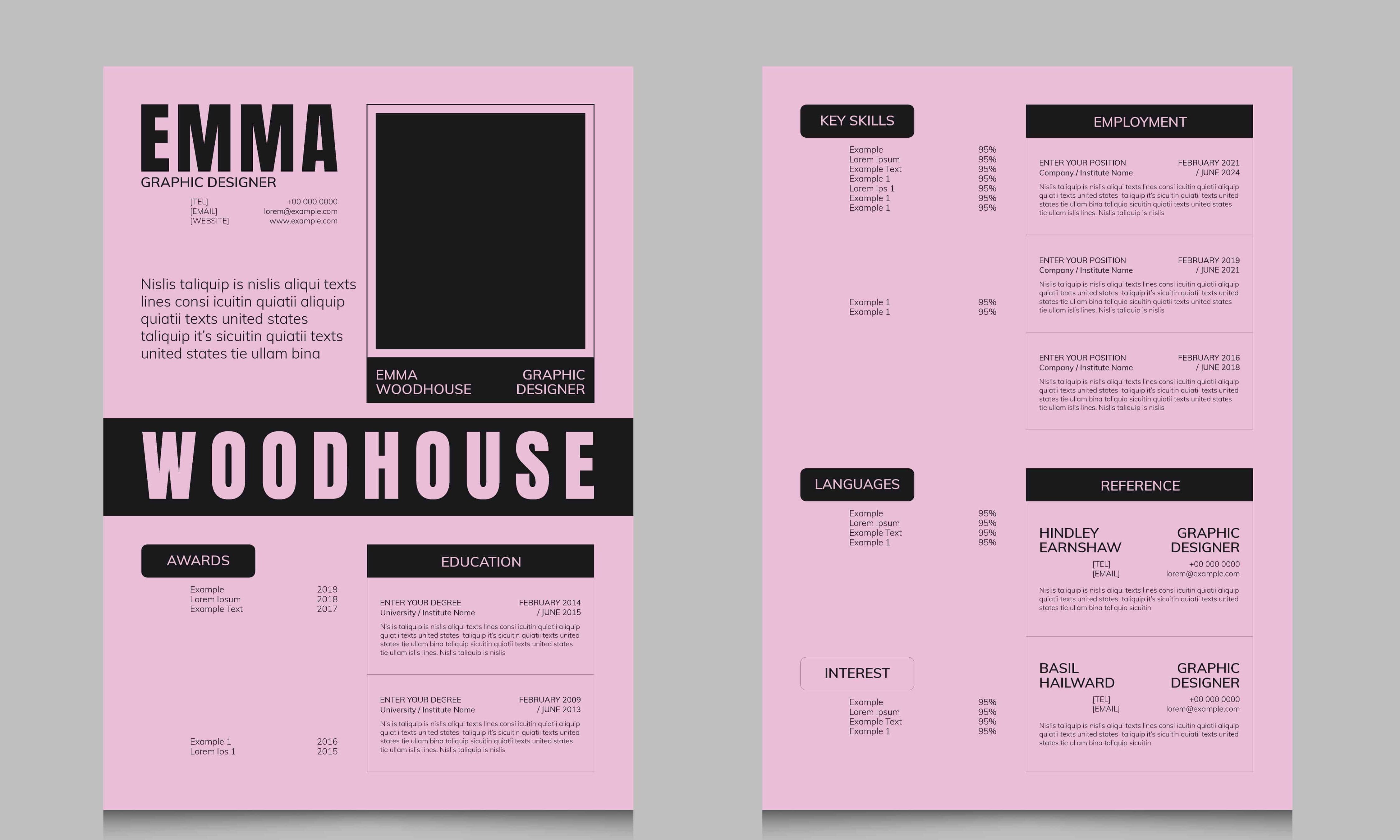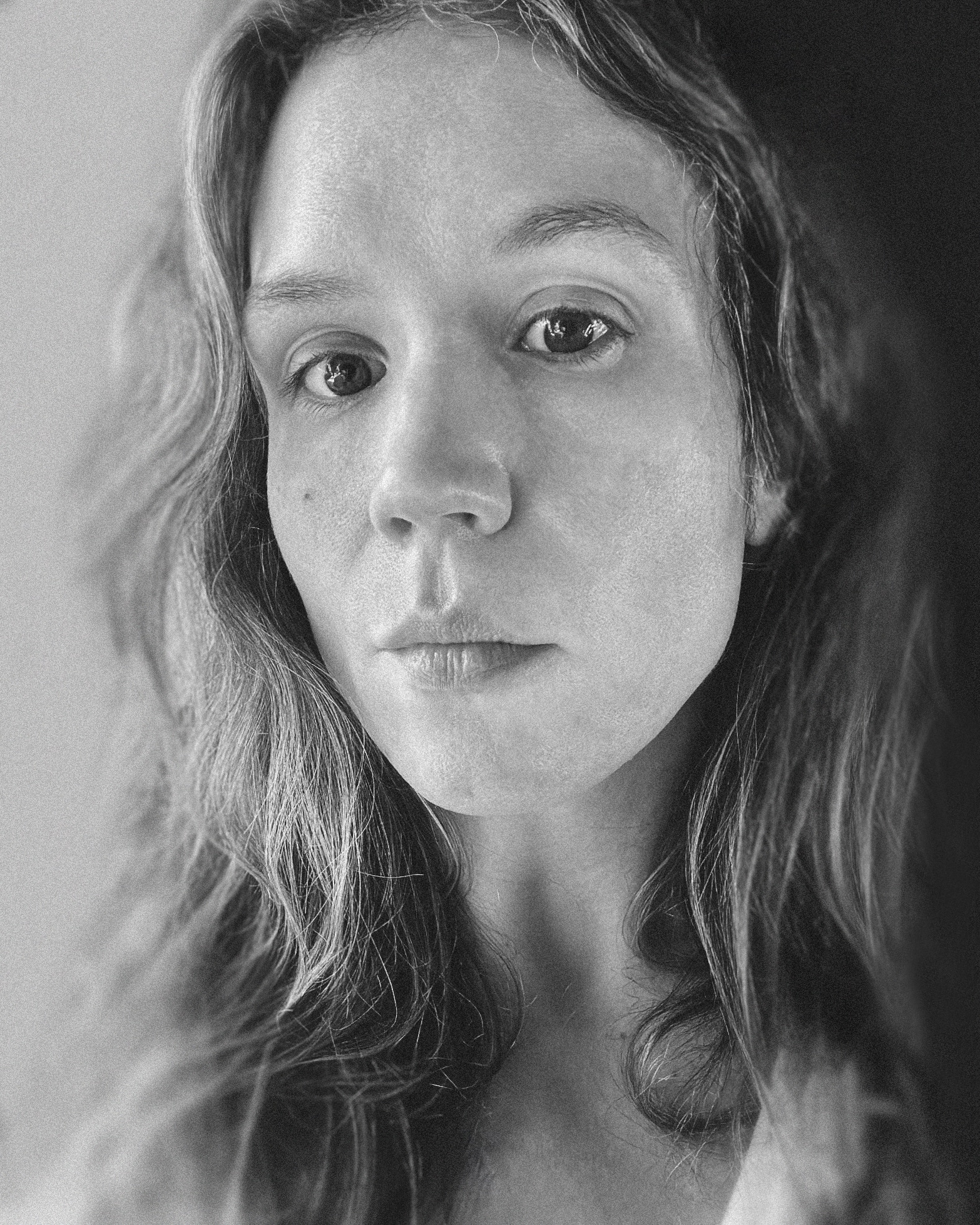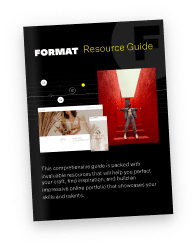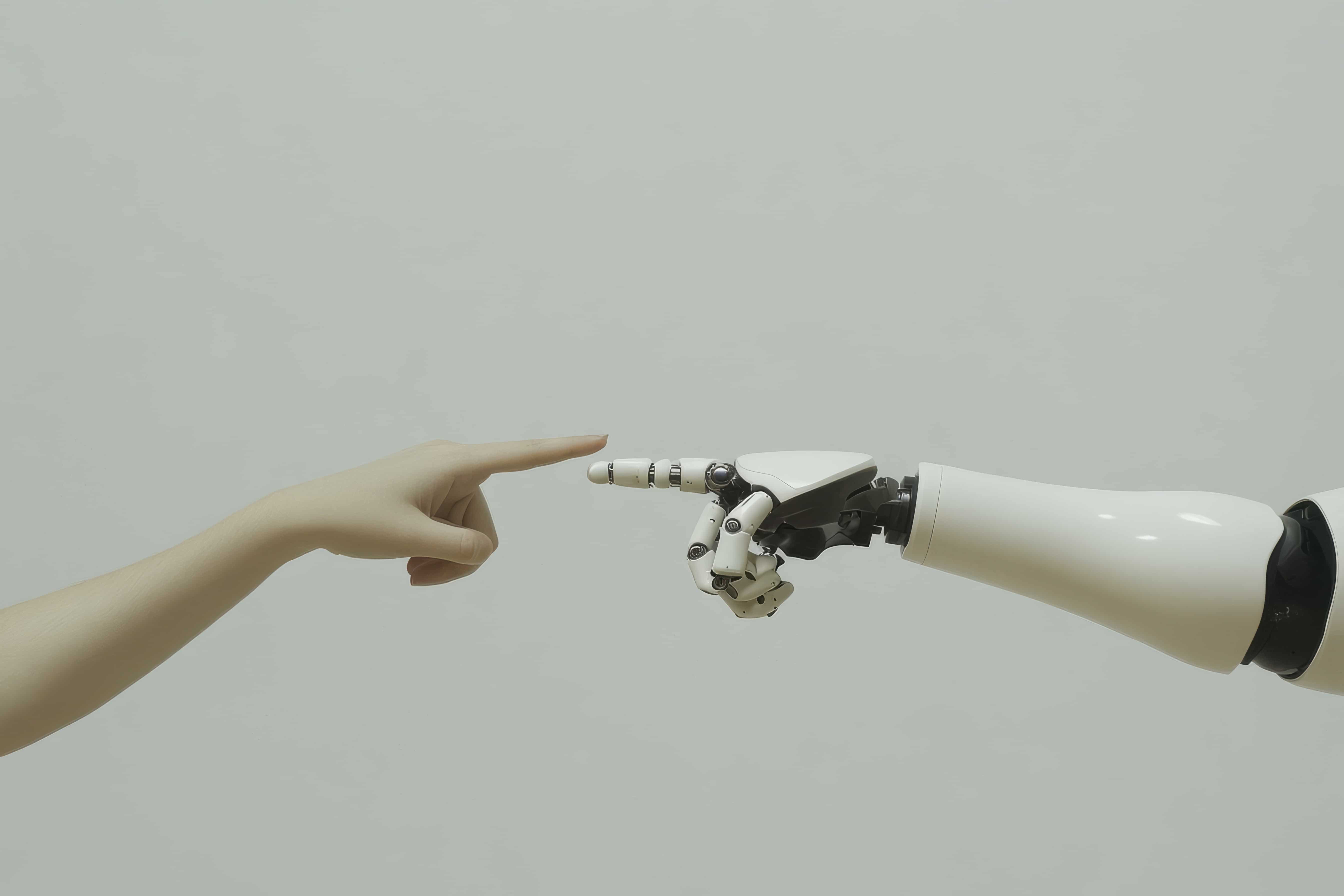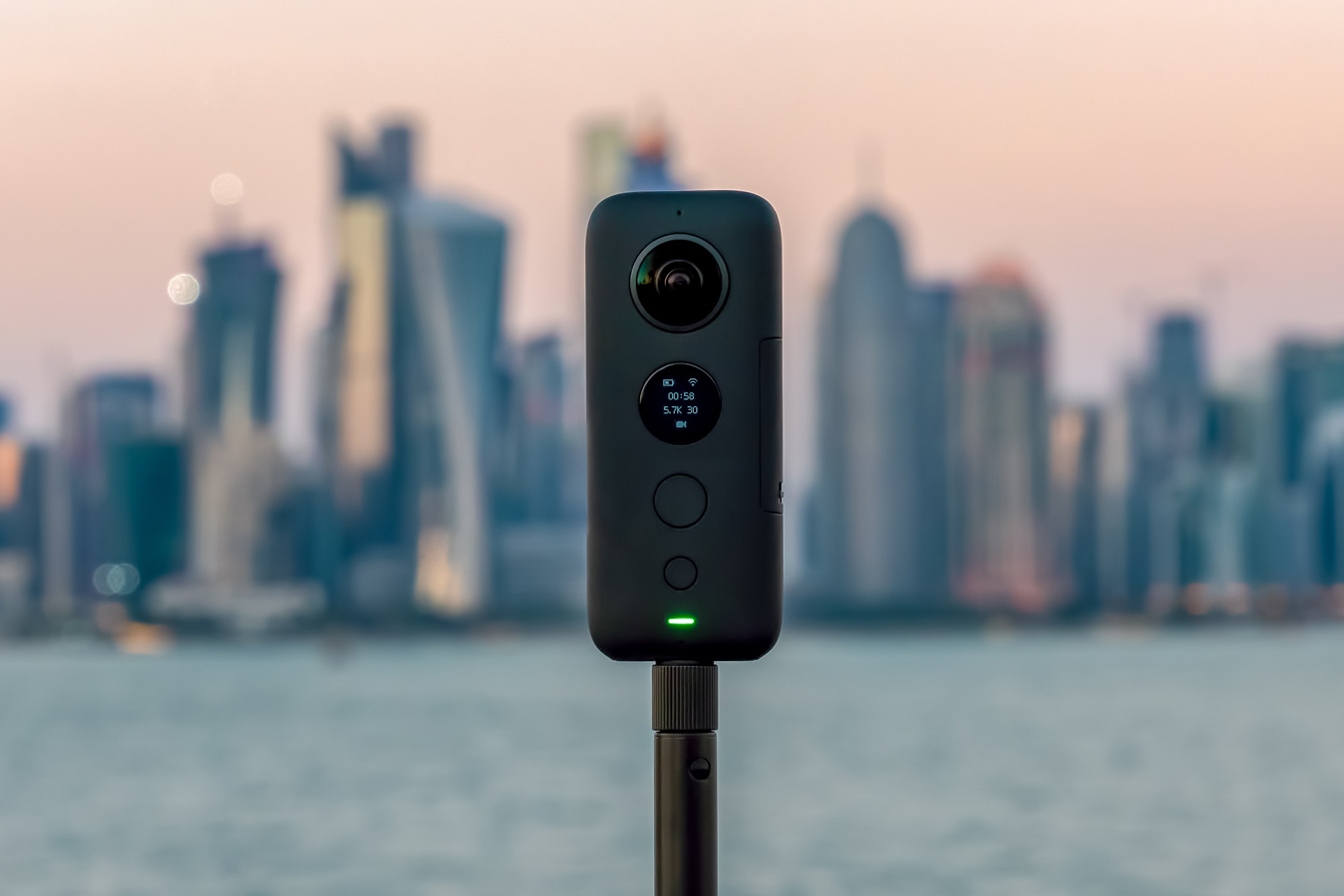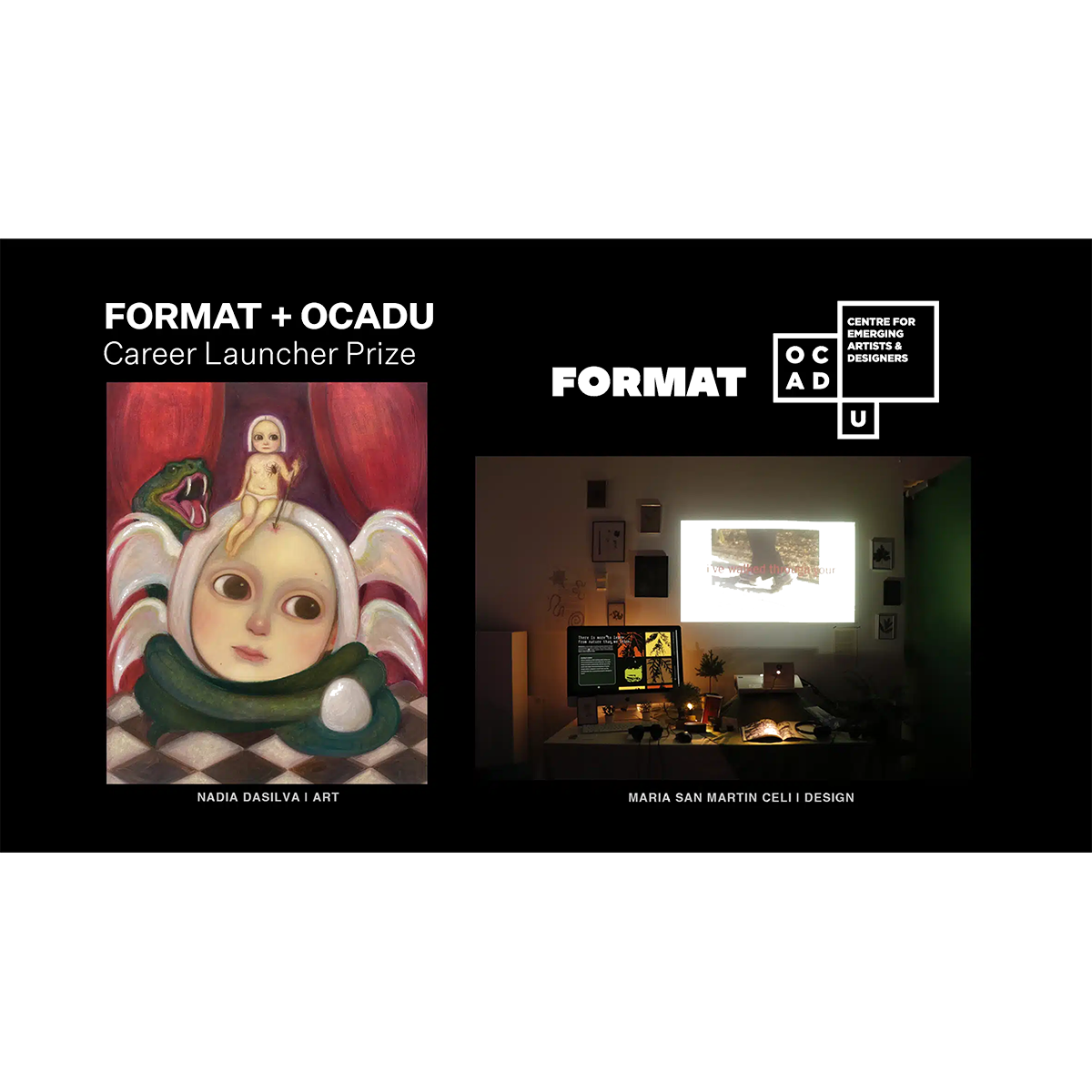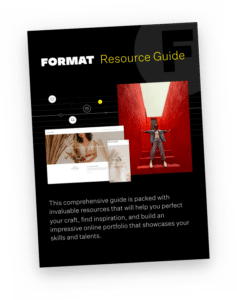The common pitfalls in writing and designing a CV are usually self-inflicted. Some creatives, ironically, neglect the very principles of design and communication they learned and practice daily in their work. Having once been a hiring manager and with experience on arts juries, I have seen CVs that are visually chaotic, text-heavy without clear hierarchy, or, conversely, so minimalist they offer no substance.
Others fall into the trap of dated, generic corporate templates offered by software like Word, Pages, and Docs or platforms like Canva, failing to convey the very creativity they’re meant to showcase.
The biggest mistake? Believing your portfolio alone will do all the talking. Your CV is the essential bridge, providing context, highlighting your achievements, and demonstrating that you’re not just talented but also professional and organized.
The Professional CV: Securing the Paid Gig
When the goal is a salaried position, freelance contract, or any form of paid employment, your CV functions as a highly targeted marketing tool. Its primary objective is to convince a recruiter or hiring manager that you possess the specific skills, experience, and talent required for the role.
Design as a Statement: Your CV’s design is your first, often subconscious, message. For creatives, it’s non-negotiable. It should be clean, legible, and reflective of your aesthetic without being distracting.
Visual Hierarchy: Use typography (different weights, sizes, and styles), spacing, and subtle colour accents to guide the reader’s eye. Key information—your name, contact details, job titles, and achievements—should pop
Negative Space is a Positive: Don’t cram information. Ample negative space makes your CV breathable, professional, and easy to scan.
Branding Consistency: Demonstrate your attention to detail and reinforce your identity, if you have a logo, specific font, colour palette associated with your work, integrate it subtly.
Readability First: Choose clear, professional fonts. Don’t create any obstacles to readability; bad fonts ruin lives.
Flow and Information Hierarchy: Some hiring managers and jury members spend seconds scanning a CV. Make those seconds count.
Concise Summary/Objective: A 2-3 sentence power statement at the top, tailored to the specific job, highlighting your core value proposition and career aspirations. For experienced professionals, this becomes a “Professional Summary.”
Experience (Reverse Chronological): List your most recent role first. For each position, include:
- Job Title & Company Name: Bold and prominent.
- Dates of Employment: Clear.
- Relevant Responsibilities & Achievements: This is where you shine. Use bullet points and action verbs. Quantify achievements whenever possible (e.g., “Increased client engagement by 25% with striking graphics in CRM,” “Led a team of 3 designers” “Created photo imagery for major campaign”). Focus on impact, not just tasks.
- Skills: Categorize them (e.g., Software Proficiency, Design Principles, Technical Skills, Soft Skills). Be specific. Instead of “Adobe Suite,” list “Photoshop, Illustrator, InDesign, Premiere.”
- Optional Sections: Awards, publications, and a very brief “Interests” section if it adds to your professional persona.
- Education: Degree, institution, and graduation year. Relevant coursework, internships or honors can be included.
- Clients: if you’re not bound by any NDA’s, this is an opportunity to highlight any companies or brands you’ve worked with.
- Tailor, Tailor, Tailor: This cannot be stressed enough. Every job application requires a customized CV. Analyze the job description for keywords and essential skills, then weave them naturally into your summary, experience, and skills sections. This shows you’ve done your homework and are genuinely interested.
The Artist’s CV: Residencies, Grants, and Non-Paid Pursuits
The artist’s CV, often called a “Creative CV” or “Artistic Résumé,” serves a similar function to market you quickly, but there are some distinctions between the two. Here, the goal isn’t to land a salary, but to secure opportunities that foster artistic growth, provide resources, or validate your practice—residencies, grants, exhibitions, fellowships, or academic applications. While professionalism remains key, the emphasis shifts from corporate achievements to artistic lineage as well as critical and community recognition.
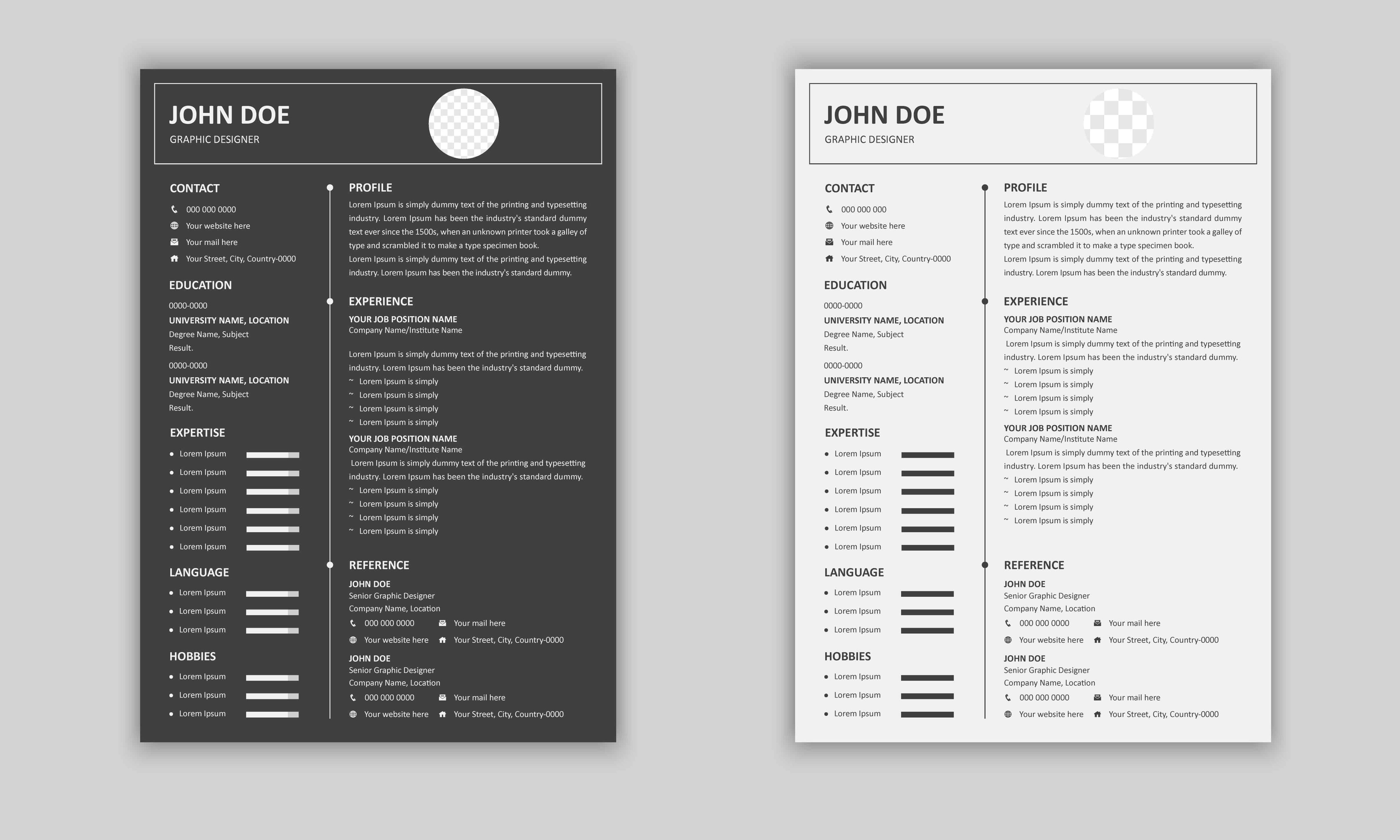
Key Differences and Best Practices
- Focus on Artistic Practice: Your summary should articulate your artistic philosophy, medium, and key themes. The elevator pitch version of your artist statement
- Exhibition History: This is paramount. List solo exhibitions, group exhibitions, and juried shows. Include: 1) Title of Exhibition (if applicable), 2) Venue Name, City, State/Country, and 3) Jahr
- Residencies & Fellowships: Detail any programs attended, including the institution, location, and year.
- Grants & Awards: List any funding or accolades received, including the granting body and year.
- Collections: If your work is in public or significant private collections, list them.
- Publications & Press: Include any articles, reviews, or features about your work, or publications you’ve contributed to.
- Lectures/Workshops/Teaching Experience: If you’ve presented or taught, include this.
- Education: Relevant degrees, institutions, and dates.
- Bibliography (when applicable): A list of publications by you or about you.
- Professional Affiliations: Any relevant artistic organizations or associations, collectives or communities.
- Technical Skills (if relevant): For artists working with specific software, fabrication techniques, or equipment.
- Design Nuances: While still clean and legible, an artist’s CV can sometimes afford a touch more personality in its design, provided it doesn’t compromise clarity. It should still reflect the seriousness and professionalism of your artistic practice.
The Online CV, Your Agent
Beyond the tailored PDF, a portfolio website offers an unmatched opportunity for creatives to present their CV with both style and functionality. Integrating your CV directly onto your personal website is a strategic move that amplifies your professional presence, increases your SEO while centering your design sensibilities.
Why an Online CV is Essential
- Enhanced Presentation: Unlike a static PDF, your website allows for dynamic, interactive, and visually stunning presentations. You can leverage custom fonts, animations, embedded media (if relevant to your CV content, like a short video reel showcasing a design process), and responsive layouts that adapt beautifully to any screen size. This is your chance to truly Design your CV, making it an extension of your portfolio itself.
- Seamless Integration with Portfolio: Your CV and portfolio are two sides of the same coin. Hosting your CV on your website creates a cohesive experience, and visitors can easily navigate between your professional history and your work samples. This reduces friction for recruiters and potential clients, keeping them engaged with your content.
- Discoverability and SEO: An online CV can be indexed by search engines, increasing your visibility to those actively searching for talent in your field. While a PDF might be sent directly, a web page can be found organically.
To that point, it’s important when adding your CV to your Portfolio-Website to omit your phone number— too many bots are crawling pages looking for numbers to sell to call centres. When called repeatedly, offered a duct cleaning service you can save yourself the frustration of yelling “I don’t have any ducts!”. Or if you need some fun, leave it in and tell them your ducks are very dirty. They’ve been swimming in a muddy pond all day. When can they come to give them a cleaning? Up to you! - Always Up-to-Date: Updating a web page is often quicker and easier than generating a new PDF every time you have a new achievement. Anyone visiting your site always sees your most current information.
- Demonstrates Technical Proficiency: For designers and web-savvy creatives, a well-designed online CV serves as a live demonstration of your skills. Even if you’re not a professional designer, it’s easy to have a beautifully presented CV. On Format, choose from premade Vorlagen and easily customize the look of your portfolio and CV without any coding.
Jetzt kostenlos loslegen
Wir haben uns auf Portfolio-Websites spezialisiert, damit du dich auf dein Handwerk spezialisieren kannst. Format ist seit 2012 für die Kreativbranche tätig. Werde Teil unserer Gemeinschaft von Branchenführern.
Best Practices for Designing Your Online CV:
- Dedicated Page: Create a clear, easily navigable page for your CV, often linked from your main navigation as “CV,” “Resume,” or “About.”
- Responsive Design: Absolutely critical. Ensure your online CV looks and functions flawlessly on desktops, tablets, and mobile phones. This is a non-negotiable for any creative professional. Format’s new flex block feature has mobile editing, meaning you can customize the look of your CV specifically for phones without changing the desktop version.
- Interactive Elements (Subtle): Consider subtle hover effects, accordions for detailed sections, or smooth scrolling to enhance user experience without overwhelming it.
- Downloadable PDF: While your online CV is a showcase, always provide a clean, downloadable PDF version for those who prefer it or for application systems that require a file upload. Make this link prominent.
- Clear Calls to Action: Make it easy for visitors to contact you, view your portfolio, or connect on LinkedIn directly from your CV page.
- Accessibility: Ensure your online CV is accessible to all users, including those with disabilities. Use proper semantic HTML, adequate color contrast, and alt text for any images.
Use AI to Your Advantage
In an age where efficiency and precision are paramount, artificial intelligence, particularly large language models, can be an invaluable ally in crafting your CV. While AI won’t (and shouldn’t, and please don’t) replace your unique creative voice or your lived experience, it can significantly enhance the clarity, impact, and strategic positioning of your narrative. As I wrote about in this recent piece on the AI paradox: the reality of repetitive, monotonous tasks is that they can grind our creative time to a halt. Here, assistive AI can help, freeing your energy for the actual work of making or, at the very least, napping.
All artists and creatives understand that regularly updating their CV is a necessary administrative task. Imagine creating a workflow around this, and having AI help with some of the difficult parts of formatting and phrasing. Imagine getting to go for a walk.

Drafting and Refinement: You can provide an AI tool like Gemini, or Claude with raw bullet points of your experience and achievements, and it can help rephrase them into compelling, concise statements that resonate with recruiters or grant committees.
Brainstorming and Structure: If you’re starting from scratch, Gemini can suggest a logical flow AI can suggest different ways of phrasing your professional summary or artistic statement.
Grammar and Proofreading: An error-free CV is critical. Typos give evaluators the ick. AI like Grammarly can meticulously check for grammatical errors, typos, and awkward phrasing, ensuring your professionalism isn’t undone by an oversight. The majority of my tasks involving AI are organizational or grammatical in nature. I need outlines because my creative brain doesn’t like order, and it loves commas. Commas everywhere.
Tone and Wording: Use it to analyze your tone so that your writing comes off as you intend it.
What AI Needs from You (the Data Input):
To get the most out of an AI like Gemini, Grammarly or Claude, the quality of your input is key. Think of it as a highly intelligent, very fast editor–I would say it’s one that doesn’t judge you, but Grammarly will send you a summary of your common errors, which is a bit passive-aggressive if you ask me (it just corrected that last sentence.)
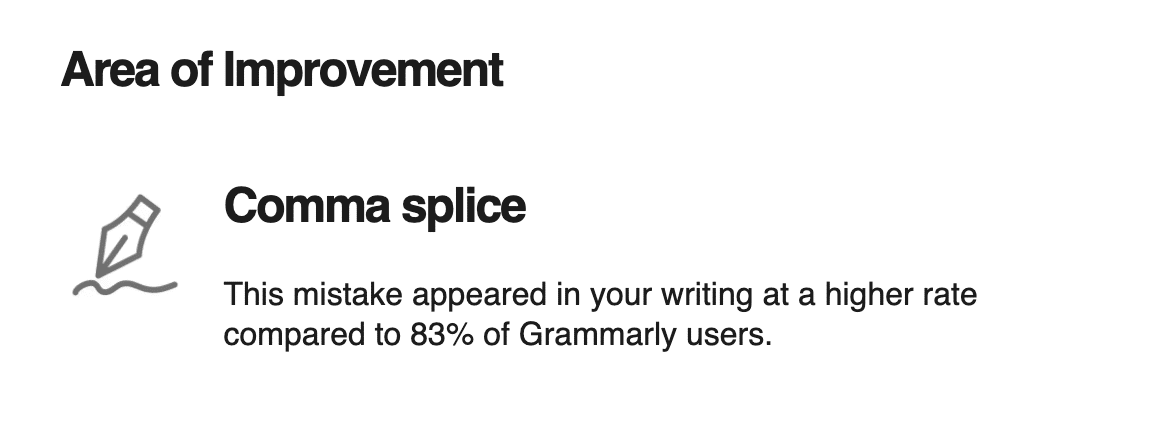
Using statistics to shame me.
Raw Data: Your work history (job titles, companies, dates), educational background, awards, exhibitions, and any other relevant achievements.
Context: There’s a reason positions like “prompt-engineer” are fast being added to headcounts; it takes clarity to give AI instructions and context for the work you need assistance completing. Vague, informal, or shoddy instructions will yield the same quality as your prompt. Here’s what to consider when writing a prompt.
For Job CVs: The specific job description you’re applying for, the company’s culture (if known), and your target industry.
For Artist CVs: The specific residency, grant, or exhibition call you’re responding to, including their mission statement or thematic focus.
Your Goals: What kind of role are you seeking? What kind of artistic opportunity? What message do you want to convey?
Your Voice: While Gemini can refine, it’s crucial to provide enough of your own natural language and unique insights so the final output still sounds authentically yours. At the same time, I’m personally an advocate for using AI for structure and suggestions, but then actually writing the content myself. Unless it’s the chronology of a CV, because I hate formatting documents.
In the End
Your CV is your handshake and elevator pitch, it’s your artistic declaration. Adhere to the principles of design, leverage tools like AI for refinement, and make it a priority to add it to your portfolio website. Turn a rote list into a compelling narrative that marks the beginning of your next chapter.
